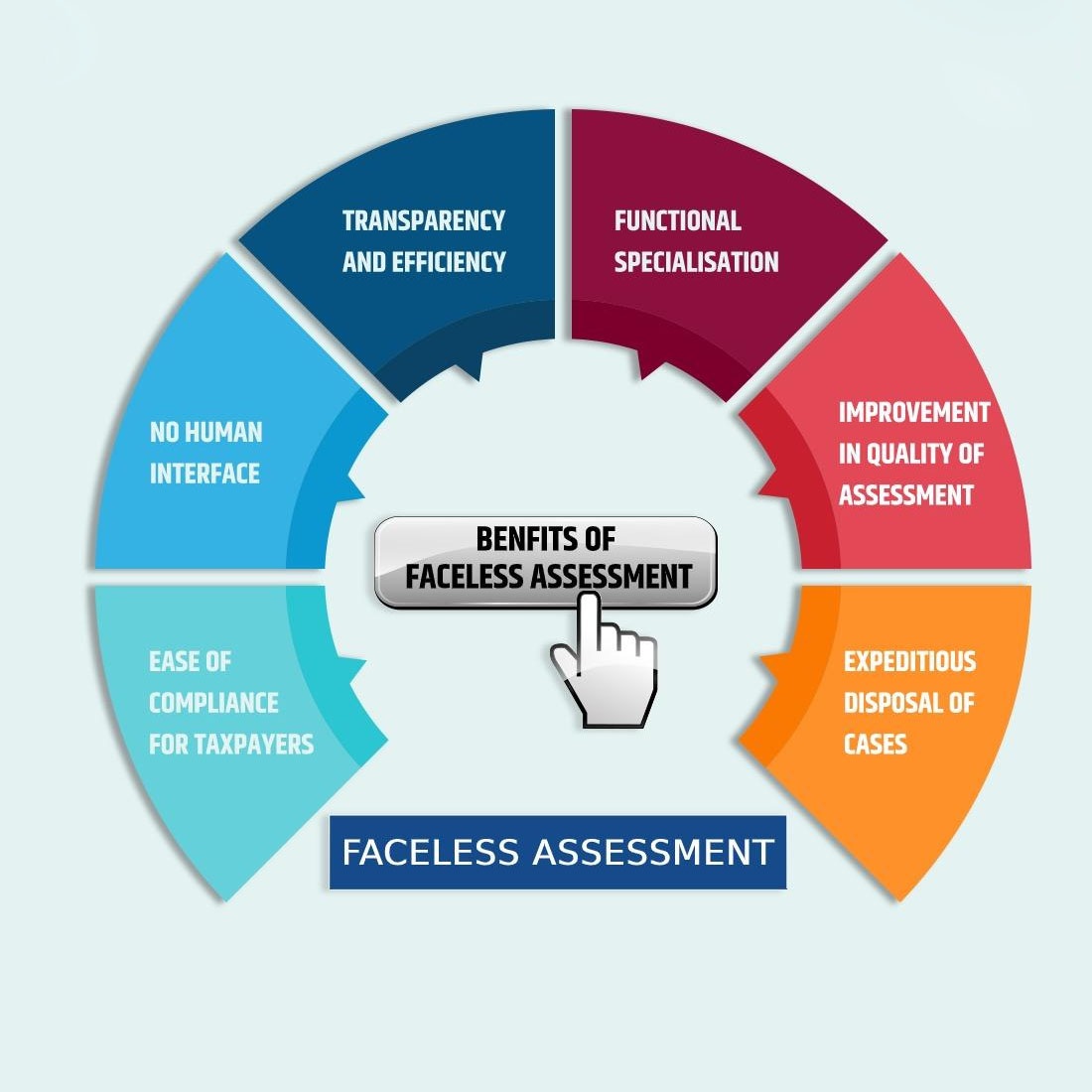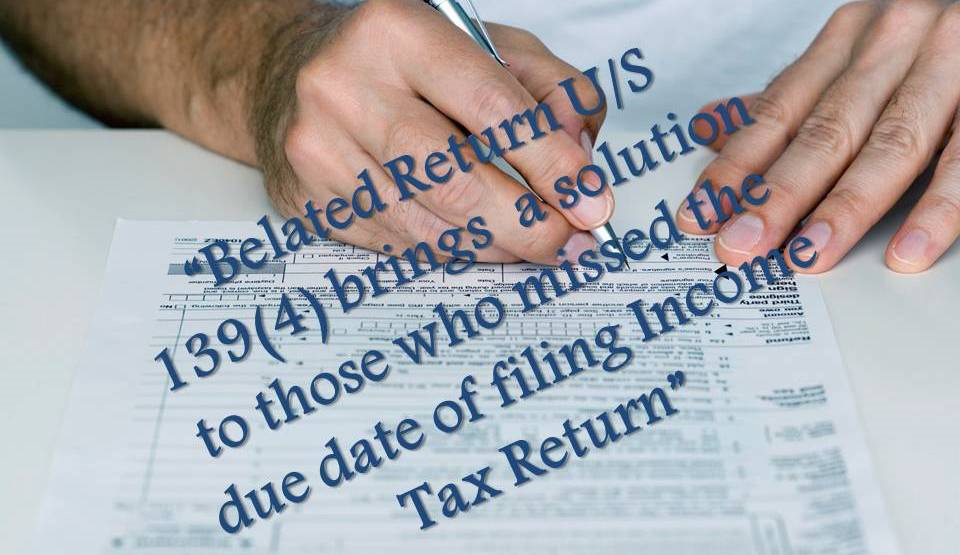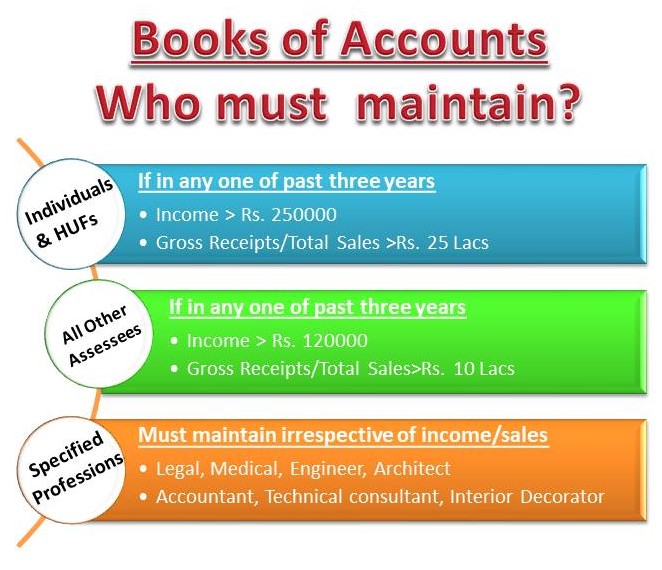All about ITR forms and the Key Changes in the Income-Tax Return (ITR) Form for AY 2021 – 2022

The Central Board of Direct Taxes (CDBT) has notified the new income-tax return forms for the assessment year 2021-2022 as confirmed by the Ministry of Finance. The CDBT also specified that only a few amendments are made in the ITR forms, (ITR-1 to ITR-7) due to the COVID-19 pandemic and for providing ease to the taxpayers. But though small, these changes need to be considered and remembered for the smooth filing of income-tax returns.
For new taxpayers who are unaware, let me specify that the income earned in the financial (fiscal) year 2020-21 will be filed for ITR, i.e., the income earned from April 1, 2020, to March 31, 2021, will be filed for ITR in the assessment year 2021-2022.The last date for filing the ITR for non –audit assesses is September 30 of the relevant assessment year as the same is extended by the government.
In short, the assessment year (AY) follows the financial year (FY) and hence the income earned during the financial year will be assessed and taxed in the assessment year which always begins on April 1st and ends on March 31st.
Different ITR forms can be filed by different individuals and companies as defined by the tax council. Below-mentioned is a small briefing of the same.
1. ITR-1 (Sahaj):
- This ITR form is for individuals residing in India, having:
- A total income of up to Rs 50 lakh from salaries
- One house property in single ownership
- Having Interest income, salary income, family pension income, income from other sources, etc.
- Having agricultural income up to Rs 5,000.
2. ITR-2:
All the individuals and HUFs who are not having any business or professional income are not eligible to file Sahaj(ITR-1). They are required to file ITR-2.
Eligibility criteria:
- A company director
- Individual who owns unlisted equity shares of a company
- Individuals who own more than one house property
- Individuals earning income from salary/pension can file ITR-2, including the above-mentioned individuals who are eligible to file an ITR-2 form. Hence, ITR-2 is not for individual taxpayers who are earning income from a business or profession.
3. ITR-3:
Are you having an income from a business or profession? If yes, you are required to file ITR-3.It applies to both, i.e., individual taxpayers and HUF.
Individuals who are earning money from the below-mentioned source are eligible to file ITR 3:
• Individuals who are running a proprietary business or into any profession(both tax audit and non-audit cases)
Income from a house, income earned from the business, current profession, salary/pension, capital gains, and income from other sources, etc. allcan be included in the ITR-3 form.
4. ITR-4 (Sugam):

Eligibility criteria for ITR-4 are:
• Individuals, HUFs, and firms (other than LLP) who are residents and have a total income of up to Rs.50 lakh
• Owning a single house property (single ownership)
• Income from business and profession computed under Sections 44AD, 44ADA, or 44AE or interest income, family pension, etc.
• Having agricultural income up to Rs.5,000
5. ITR-5:
Firms, LLPs, AOPs (Association of Persons) and BOIs (Body of Individuals), Artificial Juridical Person (AJP), Estate of Deceased, Estate of Insolvent, Business Trust, Investment Fund, Co-operative society and Local authorities, all are all eligible to file ITR-5 as stated in Section 2(31)(vii). In a nutshell, persons excluding individuals, HUF, and companies i.e., partnership firms, LLPs, etc. can file ITR-5.
6. ITR-6:
All the companies can file ITR-6. Companies that are not permitted for an exemption under Section 11(income received from property owned for charitable or religious purposes) must furnish their income tax returns in ITR-6 format.
7. ITR-7:
Eligibility Criteria for filing ITR form 7:
• Trusts, political parties, charitable institutions, etc. claiming exempt income under the Income-tax Act can file ITR-7.
• Individuals and companies falling under Section 139(4A), Section 139 (4B), Section 139 (4C), or Section 139 4D, are required to file an ITR-7 form.
Taxpayers should tally the taxes deducted, collected, or paid by or on their behalf with the details filled in their Tax Credit Statement Form 26AS.
The ITR-7 form is divided into two parts comprising a total of 23 schedules. Part A comprises general information. Part-B comprises an outline of total income and tax computations about taxable income.
Starting from the financial year 2019-20 onwards, a taxpayer must also provide information on the registration or approval details.
• Tax filing exercise this year will be pivotal for each taxpayer as the taxpayers will have an option to choose a more beneficial tax regime.
Major Changes in the ITR Form:
1. Change in Taxability of Dividend Income:
The taxpayers need to report quarterly dividend income earned in FY 2020-21 to the tax authorities, to comply with advance tax provisions. The dividends have been taxable towards the assesses and the dividend income needs to be stated beneath the head “income from other sources”.
“Until AY21, only dividend income that was not exempt was required to be disclosed in the section “income from other sources”. Now, all types of dividend incomes are required to be disclosed here.
2. ITR – 1 cannot be filed in cases where tax has been deducted under Section 194N:
As per Section 194Nof the IT Act, tax is required to be deducted if the amount of cash withdrawn during the year exceeds Rs. 20 lakhs in case of certain non-filers of return for the past 3 years. These taxpayers whose cash withdrawal exceeds Rs.20 lakhs need to pay 2% TDS. For other cases, the cash withdrawal limit is at Rs. 1 crore.
Vide Income Tax (7th Amendment) Rule, 2021, Rule 12 of the Income-tax Rules has been amended. The amendments indicate a restriction of an assessee to use ITR Form 1, in cases where tax has been deducted under Section 194N.
It’s essential to note that the TDS deducted under Section 194N cannot be carried forward to any other assessment year. Hence, in case there is an excess tax deduction under this section, it must be claimed as a refund in the same deduction.
3. Computing Acquisition Cost under Section 112A and Section 115AD:
In the case of sale of Equity shares/Units of Equity Oriented Mutual Fund/Units of Business Trust, which were acquired before 31.01.2018, the cost of acquisition is computed after considering the Fair Market Value (FMV) as of 31.01.2018.
The ITR has been amended to allow the taxpayer to insert Sale Price, FMV, and Cost of Acquisition to calculate the capital gain effectively.
4. Disclosure of Marginal Relief in ITR:
Marginal relief surcharge is levied when the total income of the assessee exceeds the minimum prescribed limit, i.e., individuals or companies whose total income exceeds Rs. 50 lakhs or Rs. 1 crore respectively.
New ITR Forms requires the assessee to disclose the marginal relief figure separately for “Surcharge computed before marginal relief” and “Surcharge computed after marginal relief”. This will highlight the effect of marginal relief in the ITR form itself.
5. Cash Donation under Section 80GGA:
More disclosures of the date on which cash donation sunder Section 80GGA have been made would be required. Hence, the tax expert will have to accumulate the same from their clients.
6. Tax on ESOPs allotted by Eligible Start-up:
For taxpayers wherein the tax is deducted or payable under Section 80-IAC in respect of ESOPs (Employee Stock Ownership Plan), are not eligible to file tax returns in ITR-1 and ITR-4. They need to opt for another relevant ITR form.
7. Increase in the Threshold Limit for Tax Audit:

Section 44AB was amended by the Finance Act, 2020, and the threshold limit for a person carrying on business, was appraised from Rs. 1 crore to Rs. 5 crores.
8. Adjustment of Unabsorbed Depreciation if the Assessee has opted for Section 115BAC or 115BAD:
The new ITR forms have amended Schedule DPM (Depreciation on Plant and Machinery) to make a one-time adjustment on the written-down value (WDV) of the respective asset.
Further, Schedule UD [Unabsorbed Depreciation and allowance under Section 35(4)] has also been changed to make the necessary adjustment to the unabsorbed depreciation, for the amount of depreciation that is already adjusted with the WDV of the asset.
9. Nature of Security to be Furnished in Schedule 112A and Schedule 115AD:
As per Schedule 112A and Schedule 115AD, the assessee needs to furnish various details of the securities transferred, if the resultant capital gains are taxable under these sections. Example: number of shares or units transferred, cost of acquisition, fair market value, sale value, etc.
The ITR forms for the Assessment year 2021-2022 have inserted one new column in both the schedules, which questions the assessee to provide the nature of the securities transferred, i.e., shares or units.
10. Compute the Acquisition Cost for Section 112A and Section 115AD:
As mentioned before, Section 112A and 115AD require the assesse to submit the related information regarding the capital gains arising from the stated securities.
Amendments in the ITR forms indicate that the assesse needs to fill in the information regarding the sale price, FMV, and the cost of acquisition of the security and compute the gains accordingly.
11. Schedule 5A requires Assessee to Furnish Tax Audit Requirement of the Spouse under Section 44AB or Section 92E:
Schedule 5A governed by the Portuguese Civil Code requires the assessee to furnish information regarding apportionment of income between spouses. Varied details regarding the spouse are apprehended in the ITR, such as the Name and PAN of the spouse, income under various heads of income, etc.
To ensure that the relevant spouse has furnished return of income by the applicable due date, amendments have been made in ITR -3 seeking the due dates applicable in the case of the spouse.
12. Ceiling to Claim Deduction under Section 54EC specifically provided:
Section 54EC was incorporated in all forms except ITR-5. The amendments for the Assessment year 2021-22 have incorporated Section 54ECin the ITR-5 and states that deduction under section 54EC shall not exceed Rs. 50 lakhs.
13. Deletion of Schedule DI:
Before AY 2020-2021, taxpayers were permitted to avail deduction for the investments/deposits made during the extended period under Schedule DI.
The same has been removed from AY 2021-2022. Further, re-claim of deductions or exemptions made in AY 2020-2021 cannot be done.
14. Separate Disclosure of Interest Taxable under Section 115A read with Section 194LC:
Previously in ITR, a single disclosure was required in respect of the income which is taxable under Section 115A read with Section 194LC.
But since Section 194LC prescribes two different (4% and 5%), the ITR forms have been amended showing a separate disclosure in respect of the income taxable at the rate of 4% and 5%.
15. Increase in Safe Harbour Limit Prescribed under Section 50C:
Till AY 2020-2021, this provision was not pertinent if the value adopted for the payment of stamp duty was upto 105% of the consideration received.
The Finance Act, 2020, has amended and increased this limit from 105% to 110% from Assessment Year 2021-2022. Respective changes have been made in ITR-2, 3, 5, and 6.
16. Reference of Form 16D has been Inserted in Schedule of Tax Payments:
The ITR Forms for Assessment Year 2021-2022 have included a reference of Form 16D since ITR forms require details of tax deducted at source as per the certificate issued by the Deductor.
17. Undertakings Not Eligible for Deductions Removed from Schedule Section 80-IB:
Schedule 80-IB has been changed and certain rows permitting deduction have been removed for assessees who were claiming deductions under Section 80-IB. To know more about the changes in Schedule Section 80-IB, click here.
18. No Separate Reporting of Income from Life Insurance Business:
Schedule BP comprises separate reporting of income from the life insurance business. The AY 2021-2022 have removed such disparate reporting of income from the life insurance business in Schedule BP.
19. Nature of Business Code to be Mentioned if an Assessee is claiming deduction under Section 80P:
Schedule 80P of the ITR requires the assessee to furnish all the information relating to income and the amount of deduction.
ITR form for AY 2021-22 has inserted one more column in the Schedule 80P, which requires the assessee to submit the nature of the business code against the multiple types of income of such person.
Wrapping Up:
Filling ITR forms and tax filing is a tedious process for tax-payers. Every year there are new amendments in the ITR forms and the same needs to be taken care of. Ignorance in the same can cause a delay in filing of the income-tax return, which may result in penalty charges if paid after the due date.
Choksi Tax Services have qualified professionals having updated knowledge on taxes, and can help you in filing your Income Tax returns on time.
















